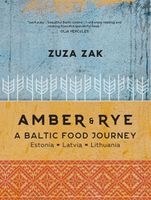After reading Antanas Škėma’s evocative description, I dreamed of visiting Kaunas and promenading along Laisvės Alėja, or Liberty Boulevard, just as the novel’s protagonist did in his youth.
Originally constructed by Tsar Nicholas I and named after him, the landmark boulevard was renamed in the interwar period to honour Lithuanian independence (unfortunately this new-found freedom was short-lived, as the onset of World War II saw Lithuania invaded again). During the nineteenth and twentieth centuries, the thoroughfare was a focus of bohemian life in Kaunas: imagine music from gramophones floating through open windows on balmy summer evenings, the sound of lively debate emerging from beautiful little shops and cafes.

